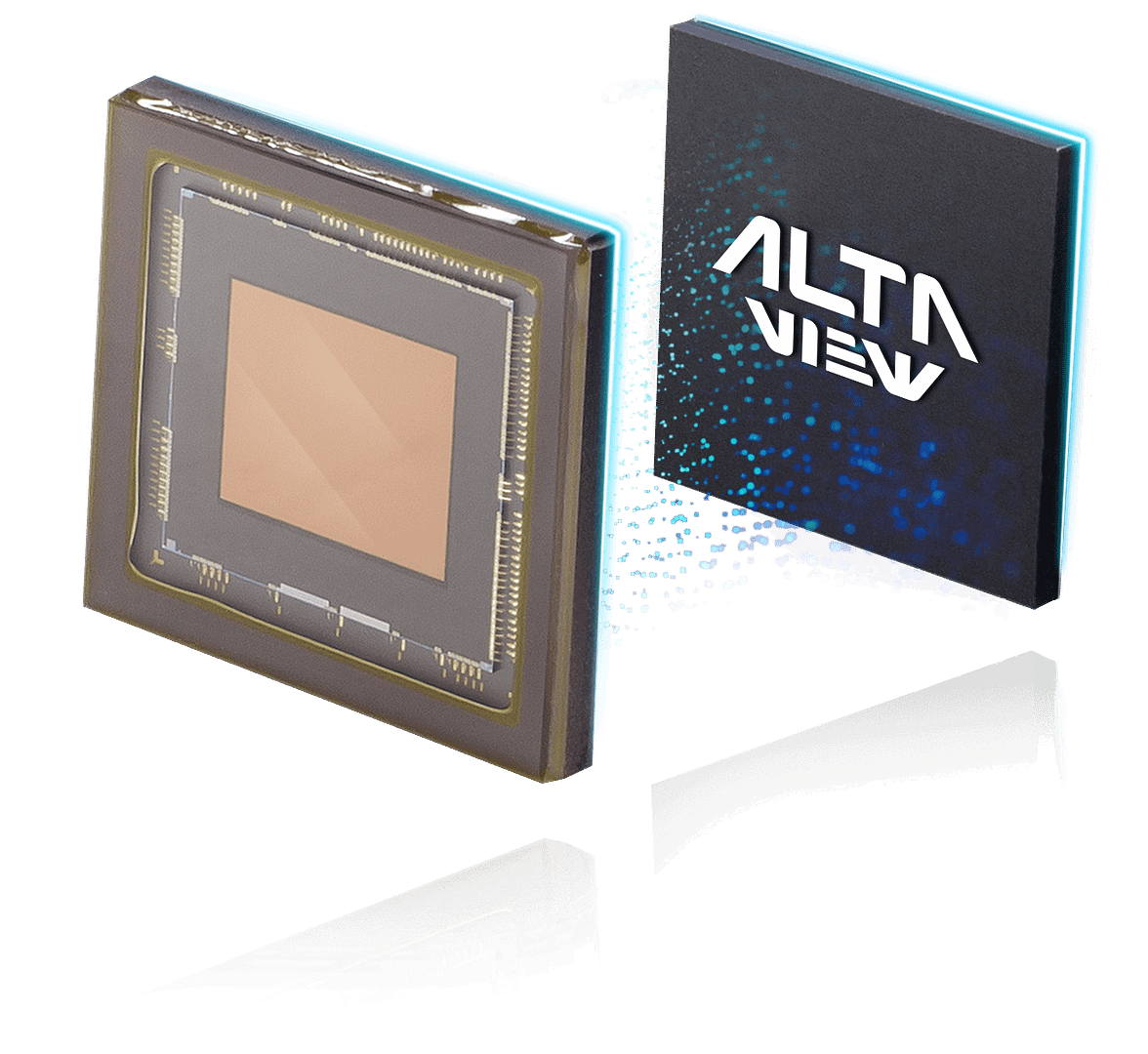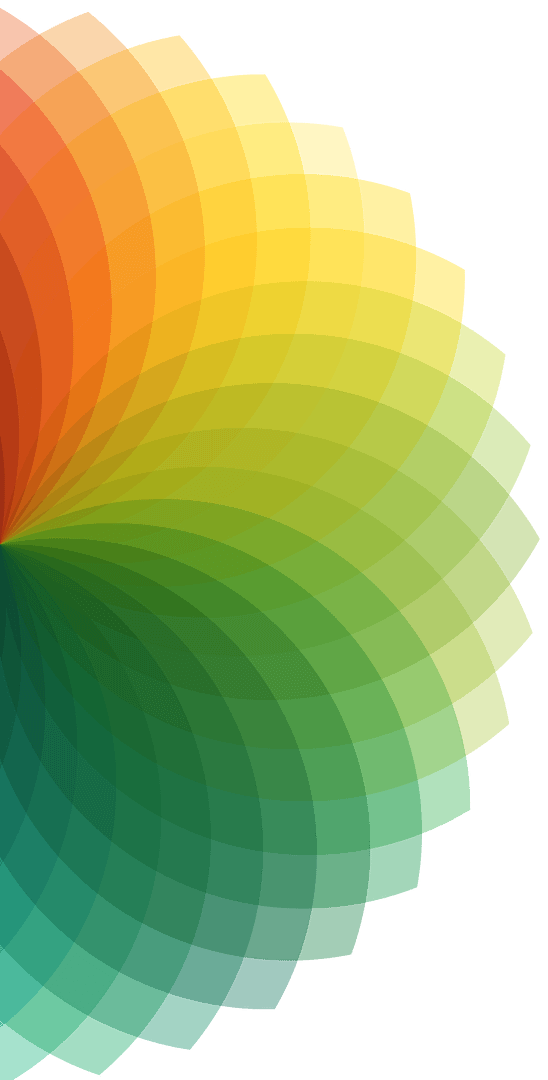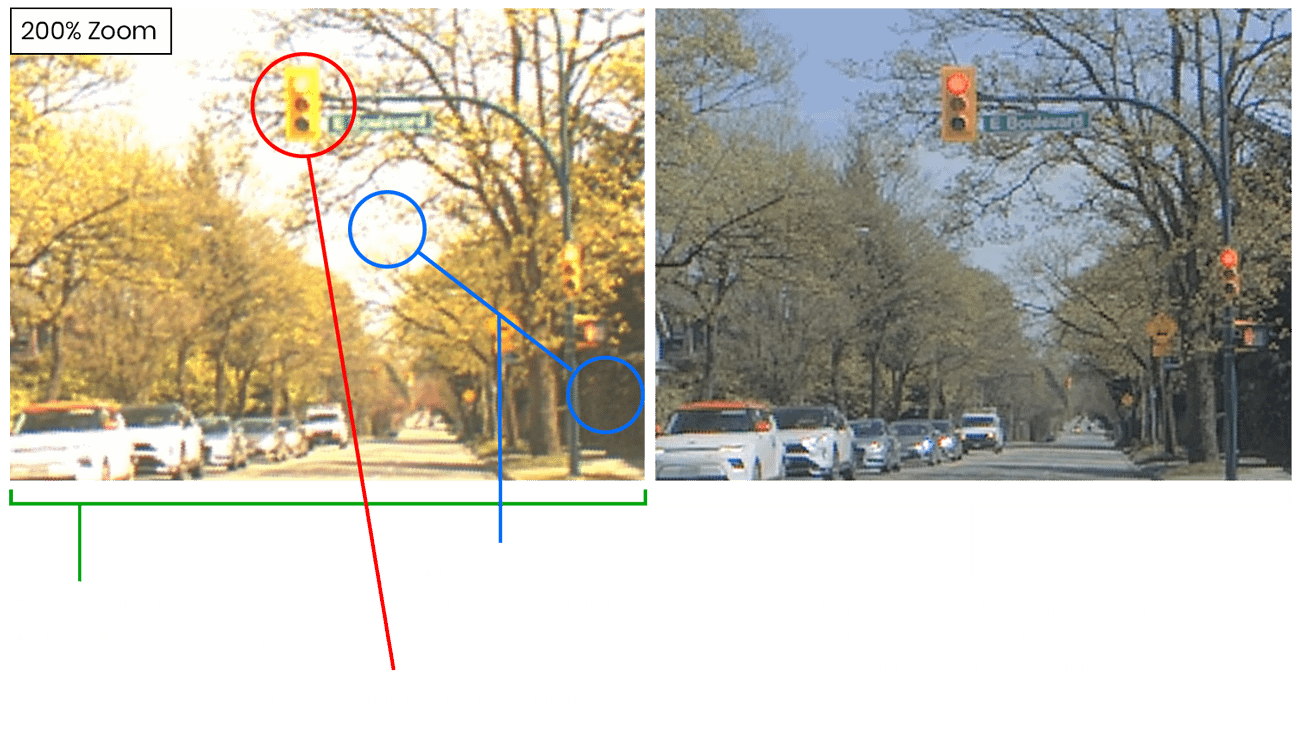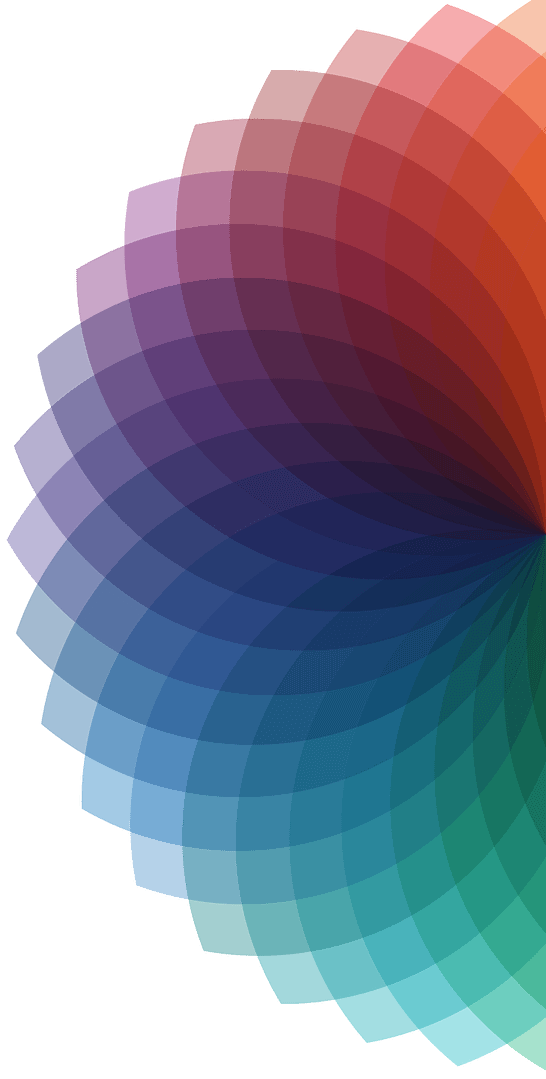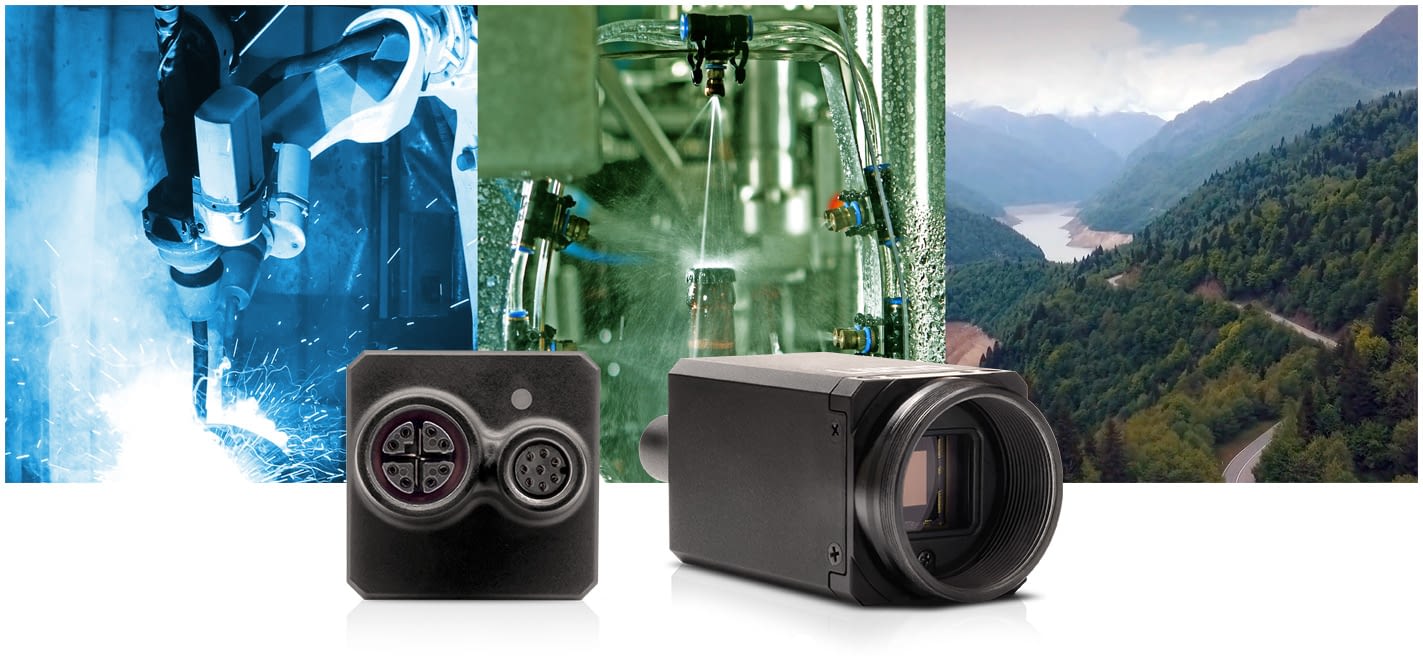LUCID’s AltaView™ is a specialized on-camera tone mapping engine that works in conjunction with the sensor and ISP to effectively convert 24-bit RAW image streams into 8-bit RGB image streams. Unlike other technologies that apply tone mapping off-camera and utilize lower bit depth image streams, AltaView takes full advantage of the high dynamic range (HDR) offered by specialized HDR sensors such as Sony’s IMX490 CMOS. By performing adaptive tone mapping directly on-camera, AltaView not only delivers low-latency 8-bit images with exceptional detail and color, but also reduces your development time by eliminating the need to create your own tone mapping algorithm.
One of AltaView’s key advantages is its ability to maintain a single fixed exposure setting while its on-camera hardware accelerated adaptive tone mapping algorithm analyzes and combines the most relevant data from the native RAW sensor stream. This intelligent approach ensures that the resulting 8-bit images (available in RGB and YCbCr formats) are rich in color and packed with valuable data in the shadows and highlights. These high-quality images are specifically designed for applications that involve neural networks, mobile sensing AI training, automotive use cases, and advanced driver assistance systems (ADAS). LUCID cameras equipped with the AltaView engine set themselves apart by enabling real-time tone mapping on-camera, maximizing the utilization of HDR sensors, and providing data-rich, full-color 8-bit images suitable for various demanding applications.
 Support Center
Support Center


